Satya P. Singh
Deep ConvLSTM with self-attention for human activity decoding using wearables
May 02, 2020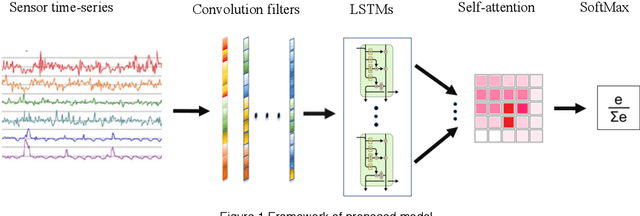
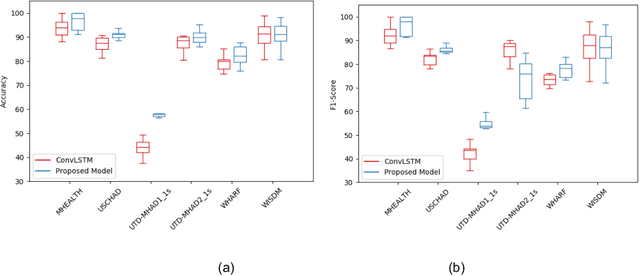


Abstract:Decoding human activity accurately from wearable sensors can aid in applications related to healthcare and context awareness. The present approaches in this domain use recurrent and/or convolutional models to capture the spatio-temporal features from time series data from multiple sensors. We propose a deep neural network architecture that not only captures the spatio-temporal features of multiple sensor time series data, but also selects, learns important time points by utilizing a self-attention mechanism. We show the validity of the proposed approach across different data sampling strategies on six public datasets and demonstrate that the self-attention mechanism gave significant improvement in performance over deep networks using a combination of recurrent and convolution networks. We also show that the proposed approach gave a statistically significant performance enhancement over previous state-of-the-art methods for the tested datasets. The proposed methods open avenues for better decoding of human activity from multiple body sensors over extended periods of time. The code implementation for the proposed model is available at https://github.com/isukrit/encodingHumanActivity
3D Deep Learning on Medical Images: A Review
Apr 01, 2020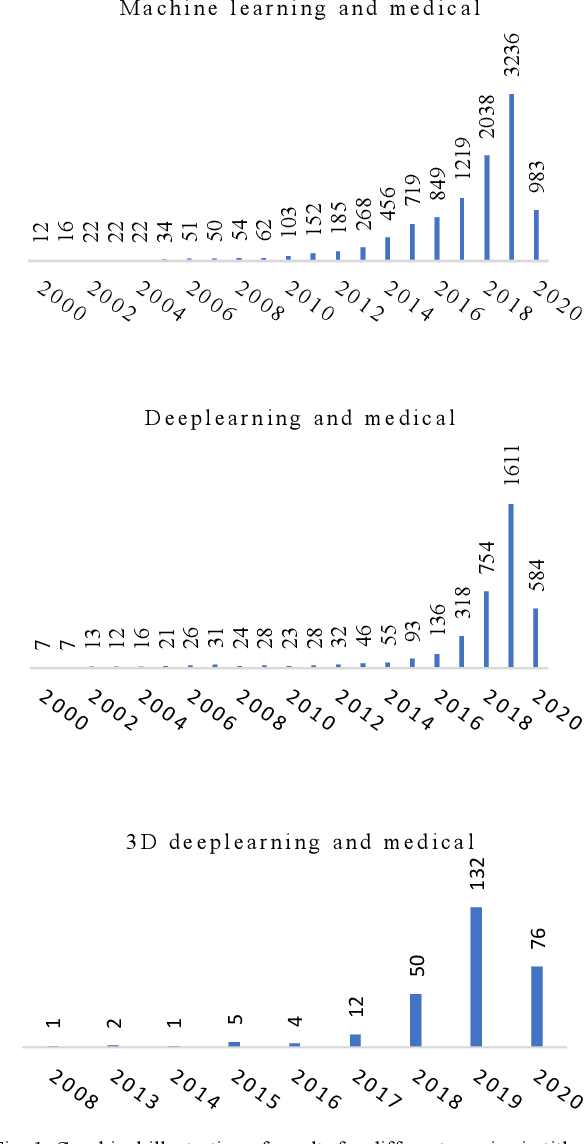
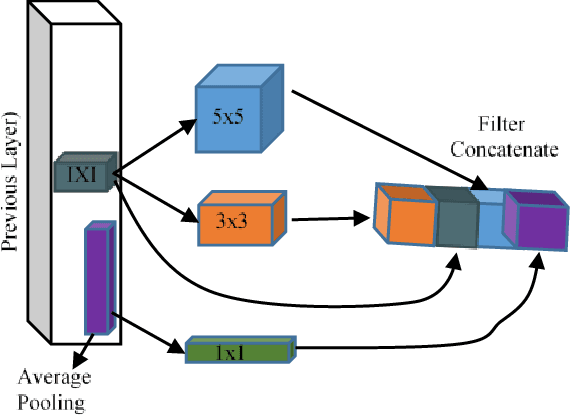
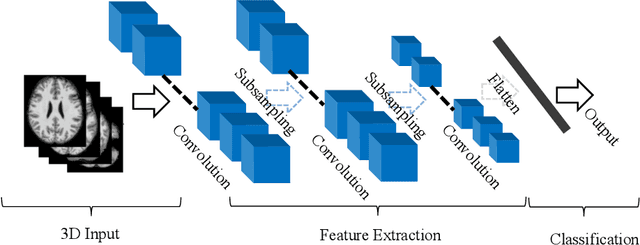
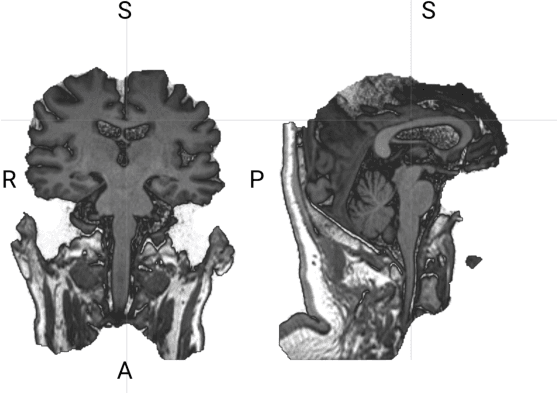
Abstract:The rapid advancements in machine learning, graphics processing technologies and availability of medical imaging data has led to a rapid increase in use of machine learning models in the medical domain. This was exacerbated by the rapid advancements in convolutional neural network (CNN) based architectures, which were adopted by the medical imaging community to assist clinicians in disease diagnosis. Since the grand success of AlexNet in 2012, CNNs have been increasingly used in medical image analysis to improve the efficiency of human clinicians. In recent years, three-dimensional (3D) CNNs have been employed for analysis of medical images. In this paper, we trace the history of how the 3D CNN was developed from its machine learning roots, brief mathematical description of 3D CNN and the preprocessing steps required for medical images before feeding them to 3D CNNs. We review the significant research in the field of 3D medical imaging analysis using 3D CNNs (and its variants) in different medical areas such as classification, segmentation, detection, and localization. We conclude by discussing the challenges associated with the use of 3D CNNs in the medical imaging domain (and the use of deep learning models, in general) and possible future trends in the field.
 Add to Chrome
Add to Chrome Add to Firefox
Add to Firefox Add to Edge
Add to Edge